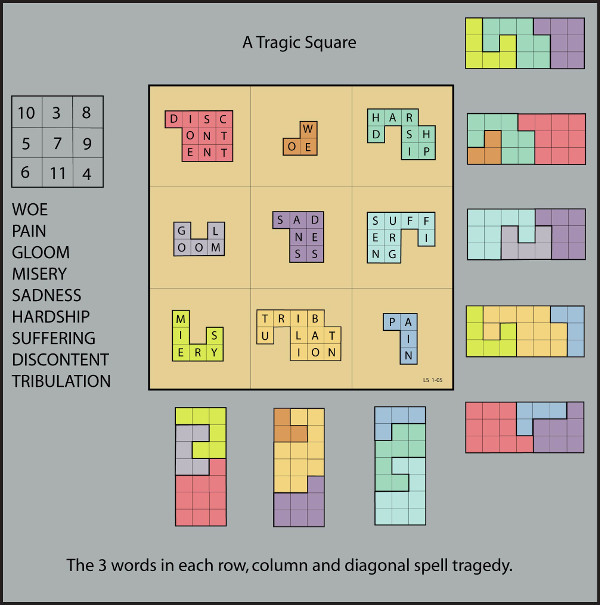During China’s Han dynasty, artisans began casting solid bronze mirrors with a perplexing property. The front of each mirror was a polished, reflective surface, and the back featured a design that had been cast into the bronze. But if light were cast from the mirrored side onto a wall, the design would appear there as if by magic.
The mirrors first came to the attention of the West in the early 19th century, and their secret eluded investigators for 100 years until British physicist William Bragg worked it out in 1932. Each mirror had been cast flat with the design on the reverse side, giving the disk a varying thickness. As the front was polished to produce a convex mirror, the thinner parts of the disk bulged outward slightly. These imperfections are invisible to direct inspection; as Bragg wrote, “Only the magnifying effect of reflection makes them plain.”
Joseph Needham, the historian of ancient Chinese science, calls this “the first step on the road to knowledge about the minute structure of metal surfaces.”









